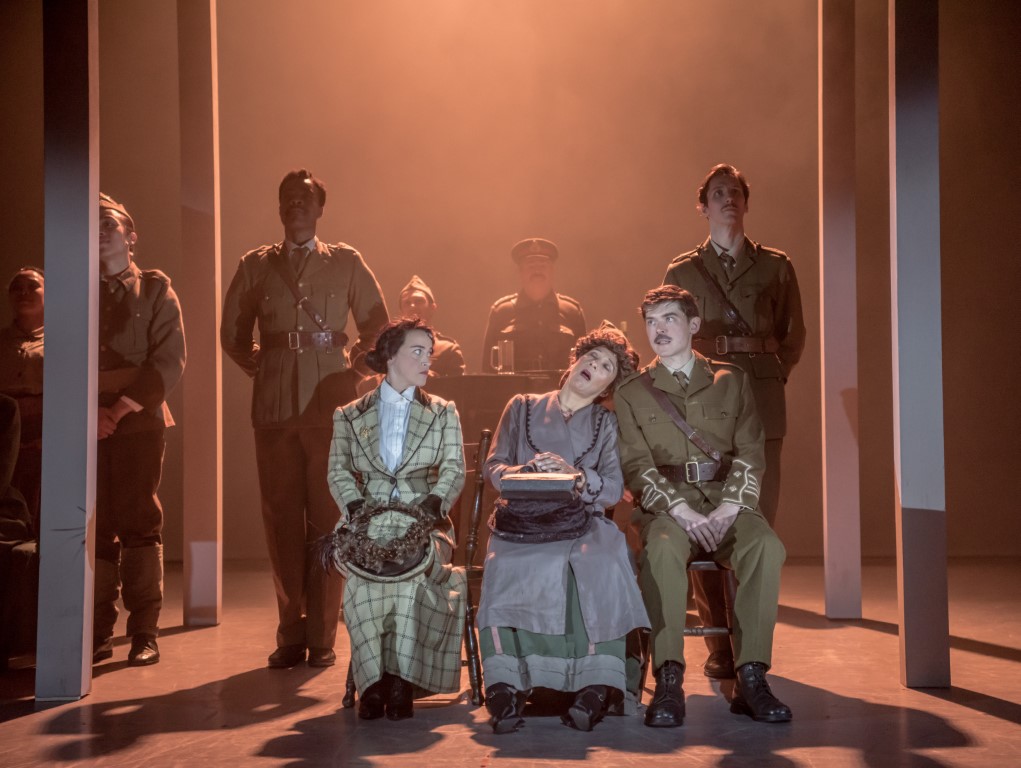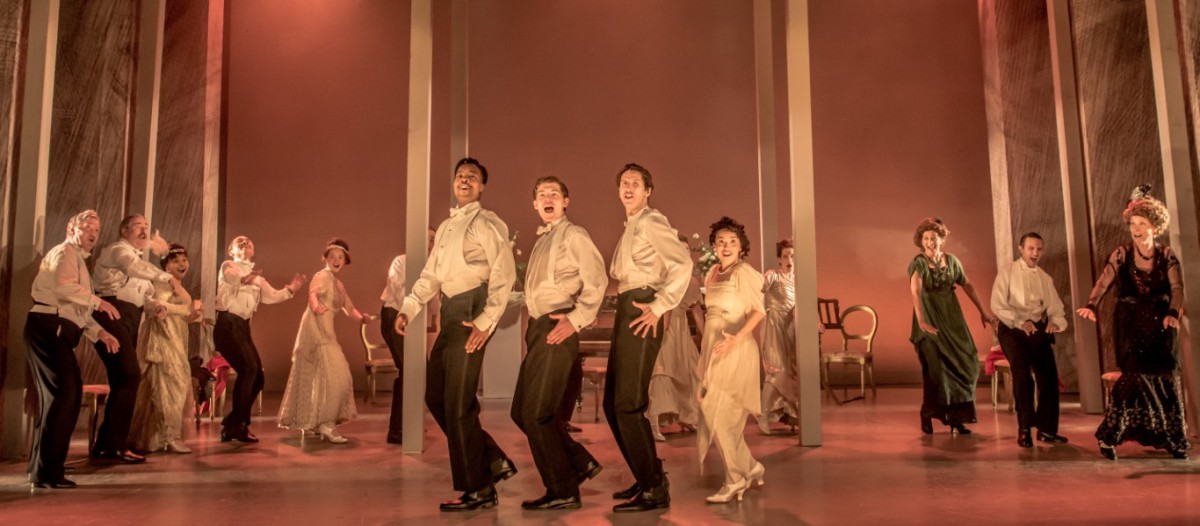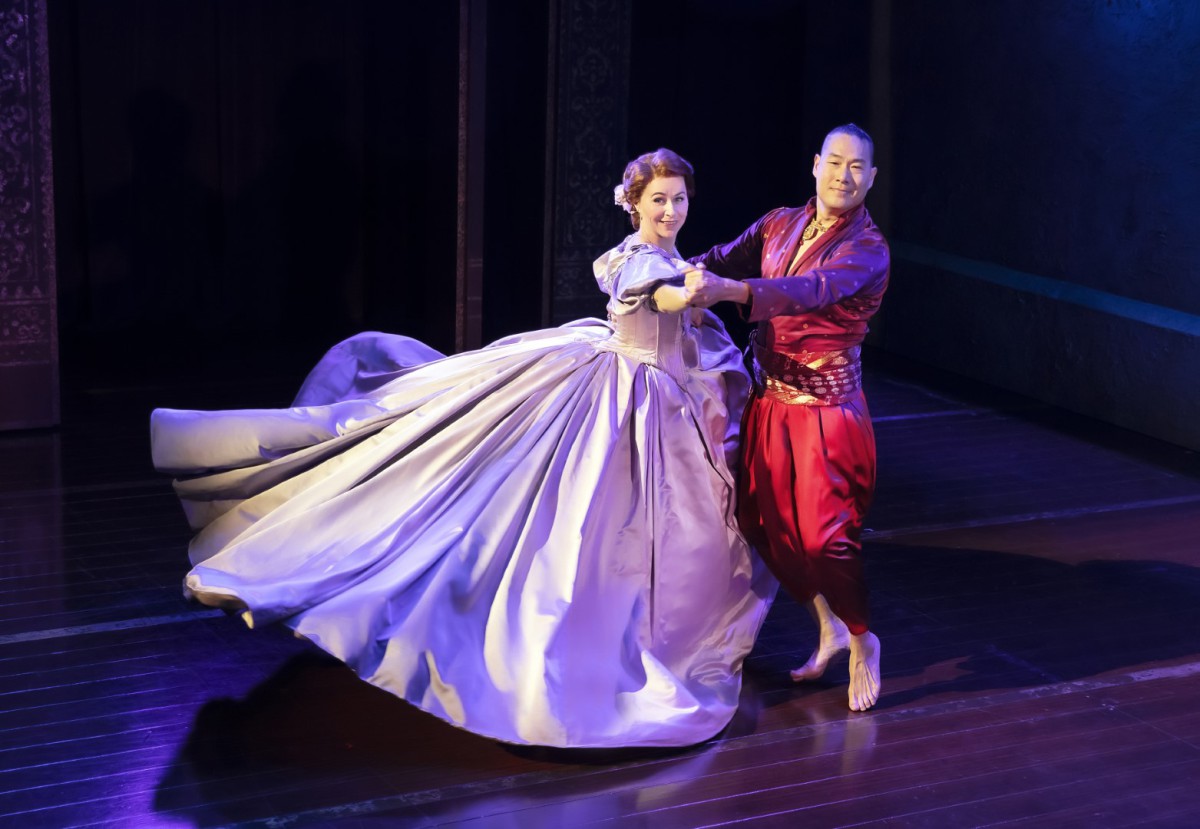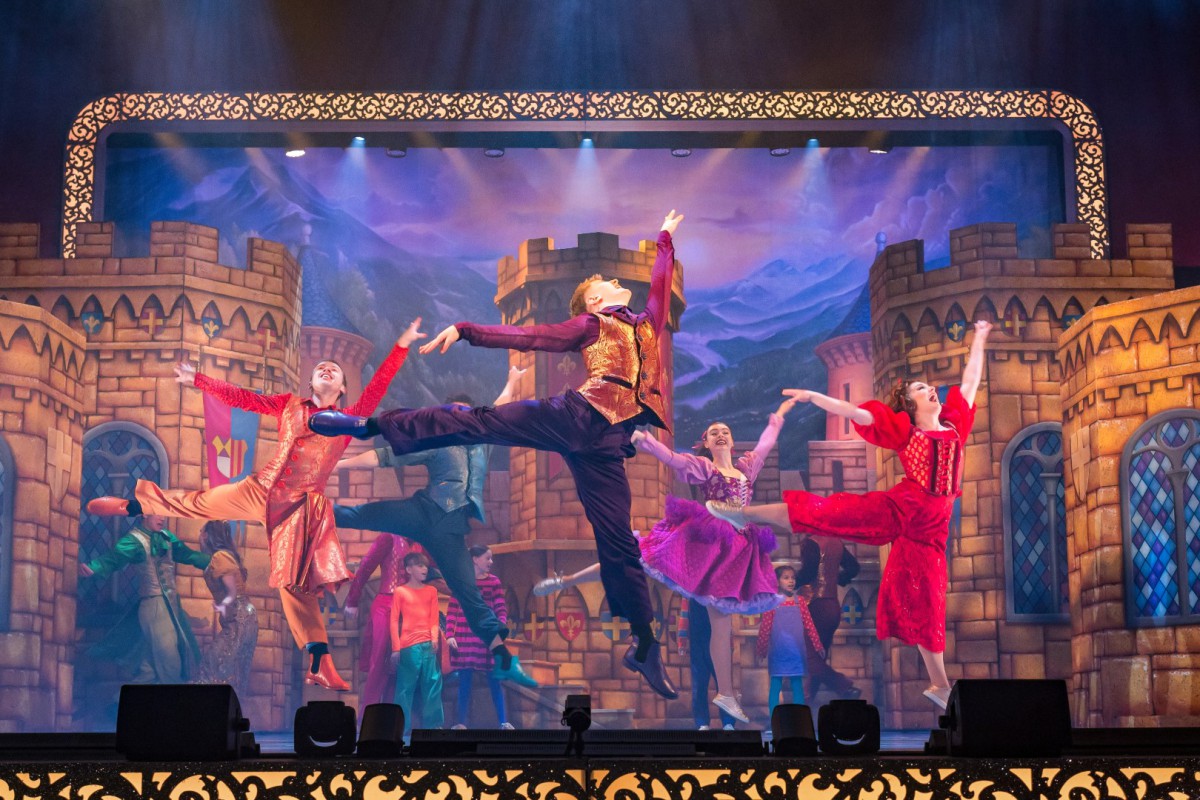Ideals are shattered and formed in this charming new musical production following four young friends whose lives are irrevocably altered by the outset of the First World War.
Inspired by the life of Vera Brittain and featuring the words and music of Ivor Novello, the story starts with Vera (played by Audrey Brisson) reluctantly attending a debutante ball. It is gate-crashed by her younger brother Edward (George Arvidson) and his friends Bobbie (Kit Esuroso) and Roland (Alexander Knox), prompting the first two big musical numbers – the beautifully choreographed The Glo-Glo and Buxton Ragtime Band.
Backed by a 14-strong live orchestra, the show really comes alive here after some earlier witty but slower numbers, with particularly strong performances from the three male leads.
Although ostensibly about Vera – who went on to be an author and activist, and mother of one of the 20th century’s most influential UK politicians Baroness Shirley Williams – most of the dramatic tension lies in the frustrated relationship between Edward and Bobbie, with comparably little examination of his sister’s sudden conversion from committed spinster to starry-eyed lover.
There is more time spent on the build-up to war, and the effect it has on the key characters and the wider community – from the earnest rush to enlist, to the mixed blessings of ‘precious letters’ sent to and from the front. On the whole the production deals well with the potentially dramatic gear shifts between romance and war, though the penultimate scene change is perhaps too abrupt.

The piece is a strong showcase for Novello’s work, aided by Iain Farrington’s arrangements and additions, with Michela Meaza’s choreography and Kimberley Sykes’ direction creating some great moments, including a perfect rendition of And Her Mother Came Too.
Nicky Shaw’s costume design reflects the period well but the set design can’t quite decide between literal representations, like the Brittain’s home, and impressionistic outdoor sets; the columns used to indicate most indoor scenes feel physically and visually intrusive.
The current run at Norwich Theatre is only the second week of performance, following the premiere at the Buxton International Festival, and the show is remarkably assured and honed for such a young production. This is a compelling and engaging two hours, telling a little-known story with style and panache.
- The Land of Might-Have-Been continues at Norwich Theatre Royal until Sunday, July 30, 2023.


